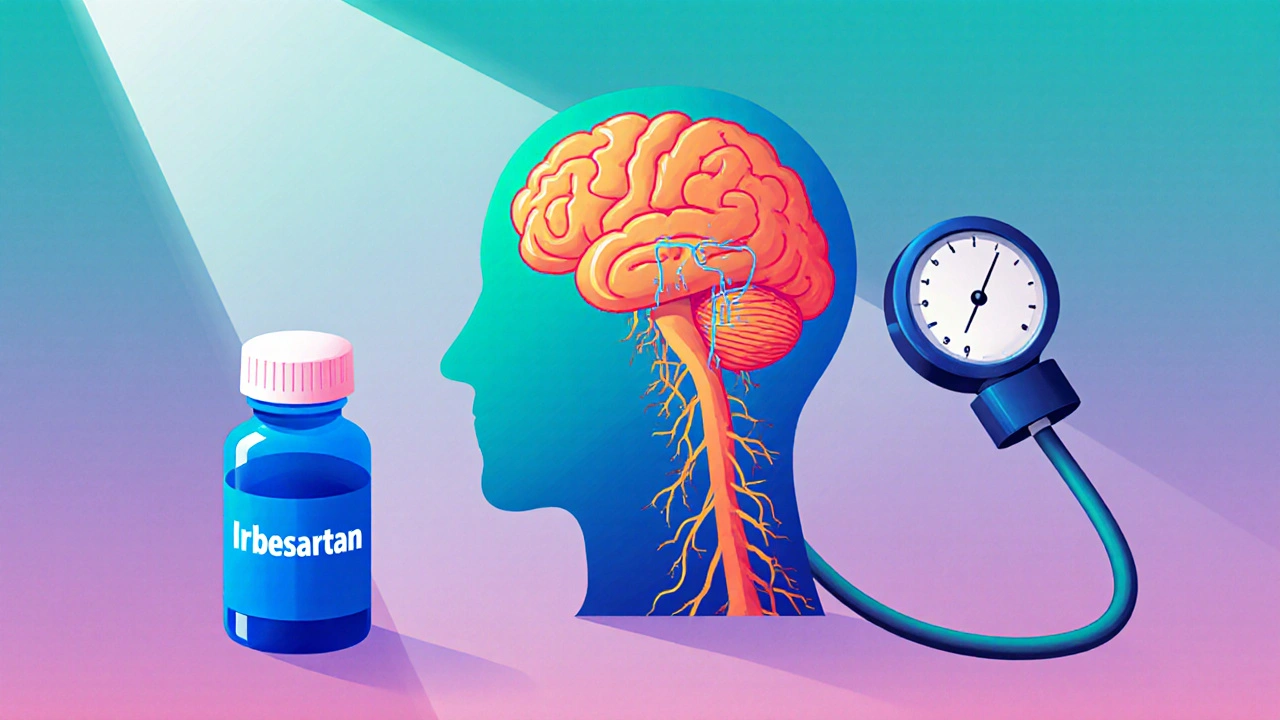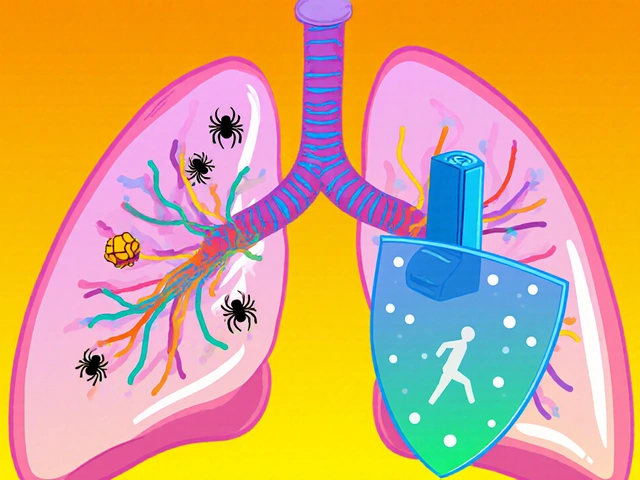Top Amazonian Herbs: Science-Based Benefits for Holistic Wellness
April 26 2025Migraine: Causes, Treatments & How to Manage the Pain
When dealing with Migraine, a neurological disorder marked by recurrent throbbing head pain, often accompanied by nausea, light and sound sensitivity. Also known as vascular headache, it can strike anyone but shows up most often in people aged 15‑45. A typical attack lasts from a few hours to several days, and the pain can feel like a hammer pounding one side of the skull. migraine isn’t just a bad headache; it’s a complex brain event that involves blood‑vessel changes, nerve‑signal overload, and chemical imbalances. Most sufferers discover that certain Lifestyle triggers, stress, irregular sleep, specific foods like aged cheese, and hormonal shifts set the stage for an attack. Knowing your own triggers is the first line of defense because you can adjust daily habits before the pain erupts. When an episode does start, fast‑acting relief is key, and many doctors prescribe Triptans, a class of drugs that constrict blood vessels and block pain pathways in the brain. For those who prefer over‑the‑counter options, NSAIDs, non‑steroidal anti‑inflammatory medicines that lower inflammation and dull pain can reduce the severity of an early‑stage attack.
Preventive Strategies and Long‑Term Care
While acute meds stop a migraine in its tracks, many people need a longer game plan to cut down the frequency of attacks. Preventive medication—often a daily pill like a beta‑blocker, anticonvulsant, or certain antidepressants—targets the underlying brain chemistry that fuels the disorder. Lifestyle tweaks work side by side with these drugs: keeping a regular sleep schedule, staying hydrated, and practicing stress‑relief techniques such as meditation or light exercise can lower the number of flare‑ups. Some patients also benefit from dietary supplements; magnesium, riboflavin (vitamin B2), and coenzyme Q10 have modest research backing for reducing migraine days. The idea is simple: if you can keep the brain’s energy supply stable and the blood‑vessel walls relaxed, the migraine engine won’t rev up as often. Tracking tools—whether a paper diary or a smartphone app—help you spot patterns, so you know which foods, weather changes, or activities are the biggest culprits. This data‑driven approach makes it easier to discuss adjustments with your doctor and to fine‑tune medication doses without over‑medicating.
When attacks become more intense, longer, or start interfering with work and family life, it’s time to bring a healthcare professional into the conversation. They can run a full assessment, rule out secondary headache causes, and prescribe the right mix of acute and preventive therapies. Many pharmacies now offer home delivery for prescription migraine meds, which means you can keep your treatment on schedule without extra trips to the store. Below you’ll find a curated selection of articles that dig deeper into specific drugs, lifestyle hacks, and what to expect from new treatment options—so you can build a personal plan that actually works for you.
 26 Oct
26 Oct
How Irbesartan Can Help Prevent Migraines - What the Research Shows
Explore how Irbesartan, a blood‑pressure drug, may lower migraine frequency, the science behind it, and practical steps to try it safely.
Read More...




